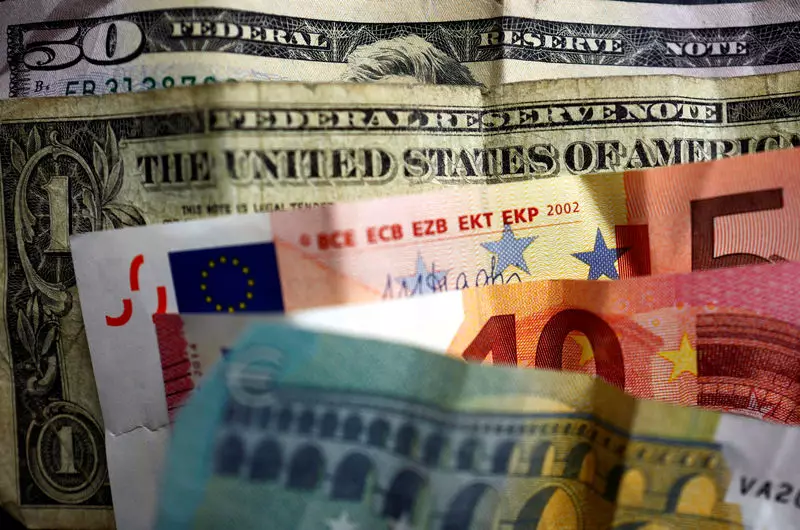The U.S. dollar experienced a slight decline on Monday amidst thin trading due to the Labor Day holiday in the United States. Traders are eagerly anticipating crucial labor market data for signals on potential Federal Reserve interest rate adjustments. At 05:55 ET (09:55 GMT), the Dollar Index, which measures the dollar against a basket of other currencies, was down by 0.1% to 101.577 after hitting 101.79 last seen in August. The dollar had rebounded in the past week following a 5% decrease since July. All eyes are now on the U.S. jobs report scheduled for release at the end of the week. Federal Reserve chair Jerome Powell’s shift in focus from inflation concerns to protecting against job losses has raised expectations of a 25 basis points rate cut later this month. The outcome of the U.S. payrolls report, anticipated to show a 164,000 gain in nonfarm payrolls and a 4.2% unemployment rate, will greatly influence the possibility of a rate cut by the Federal Reserve. Market analysts suggest that only an exceptionally strong report could deter the Fed from cutting rates by 25 basis points.
In Europe, the EUR/USD exchange rate saw a 0.2% increase to 1.1067 after reaching its lowest point since August. The final eurozone manufacturing Purchasing Managers’ Index reported a value of 45.8 in August, indicating contraction in the manufacturing sector. This figure was well below the 50-point mark separating growth from contraction. The European Central Bank’s decision to reduce interest rates in June aimed to boost the region’s economy. However, with eurozone inflation dropping to 2.2% in August, the ECB is likely to implement further rate cuts later this month in an effort to stimulate economic growth.
On the political front, the victory of Alternative for Germany (AfD) in Thuringia marked the first win for a far-right party in a state legislature election in Germany since World War II. The rise of such parties in Germany and the struggles faced by other major European powers like France in forming a stable government pose challenges to the European Union’s policymaking. In the United Kingdom, GBP/USD saw a 0.1% rise to 1.3138 as expectations of prolonged high-interest rates by the Bank of England continue to support the sterling. The BoE’s decision to cut rates by 25 basis points in August indicated a possible further 40 bps cut by the end of the year.
In the Asian market, USD/JPY climbed 0.4% to 146.69 as the yen weakened following a survey showing a contraction in Japan’s factory activity in August. The au Jibun Bank Japan manufacturing Purchasing Managers’ Index reported a value of 49.8, below the growth threshold of 50.0 for the second consecutive month. USD/CNY traded 0.3% higher to 7.1105 after China’s official data revealed a decline in manufacturing activity to a six-month low, contracting for four consecutive months.
The global economic landscape remains uncertain as key economic indicators continue to fluctuate across different regions. The interplay of political developments, central bank policies, and trade dynamics will play a significant role in shaping the economic outlook for the remainder of the year.

